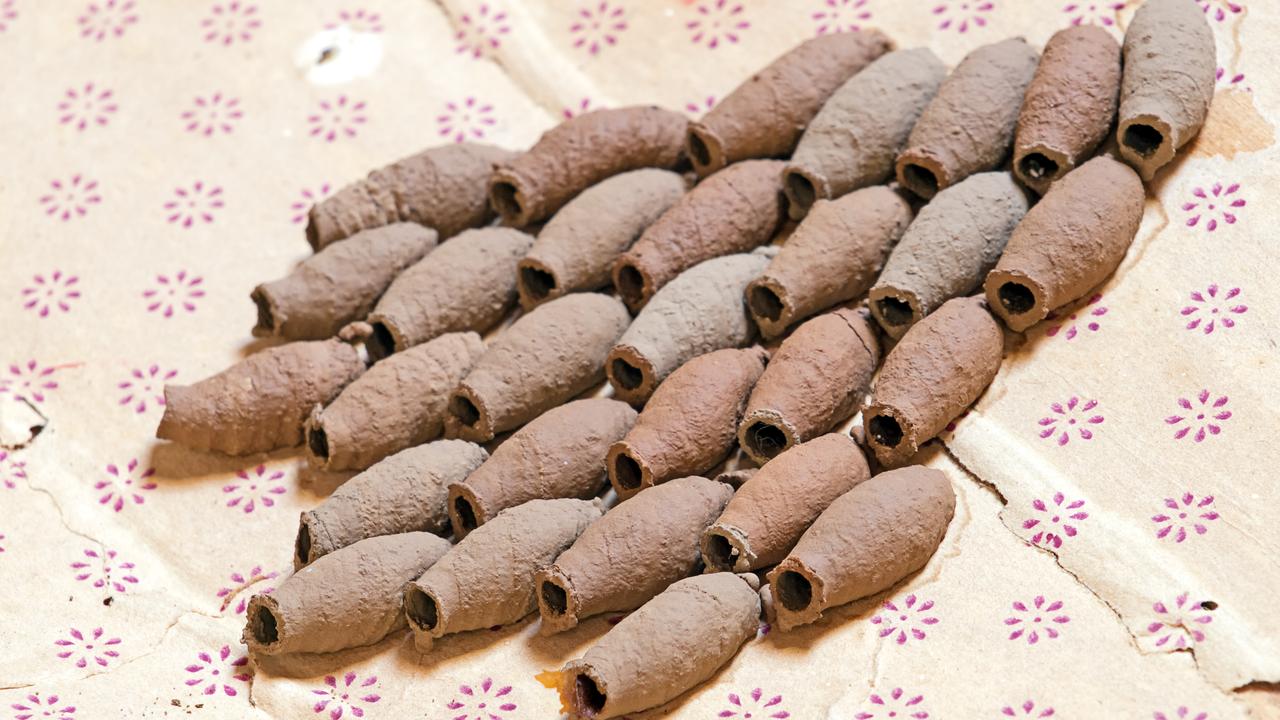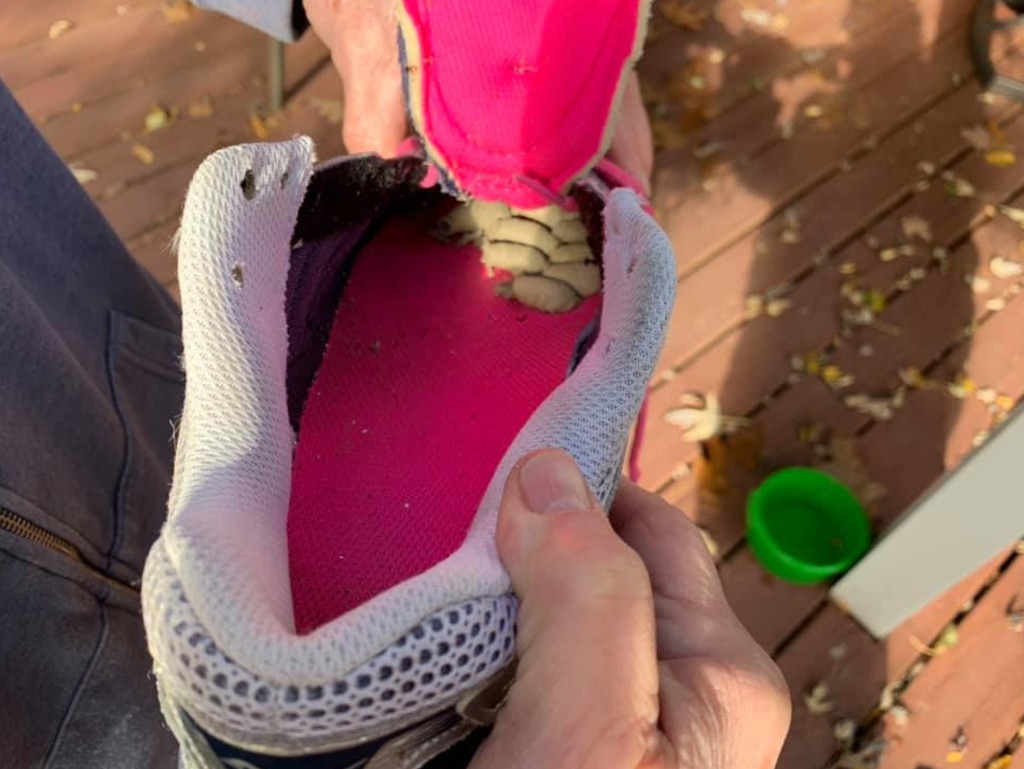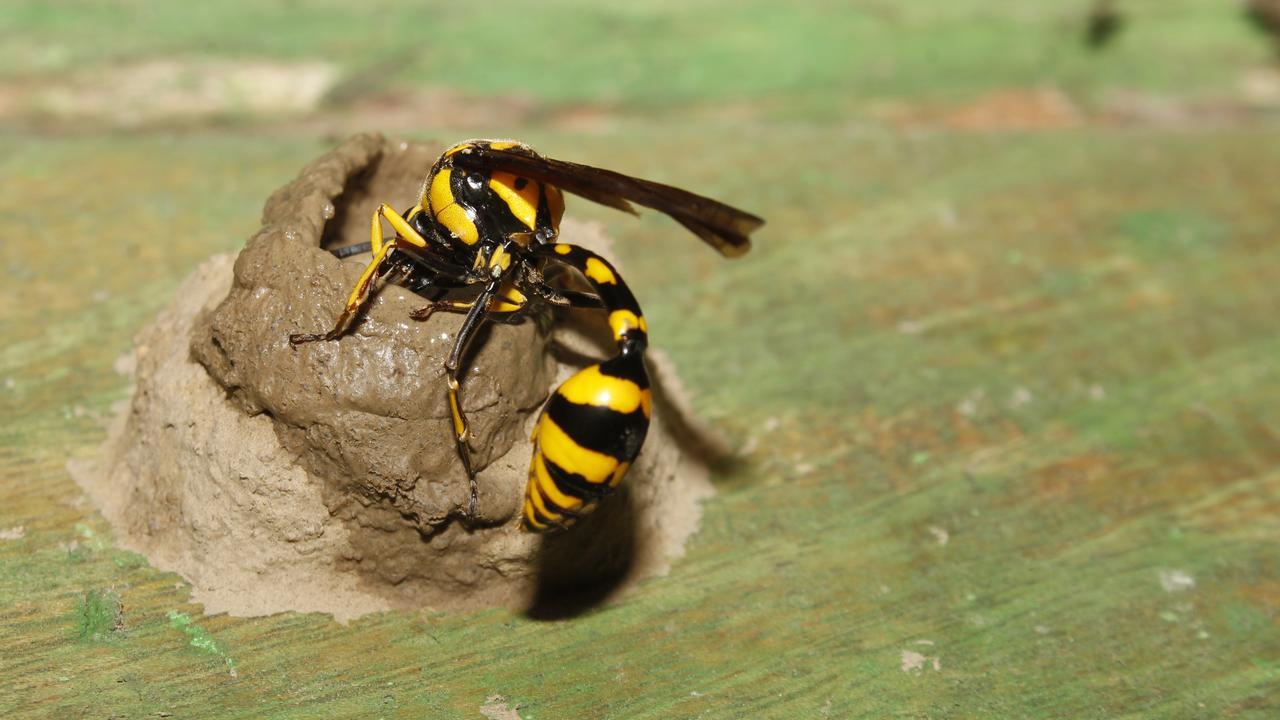Photo of ‘scary’ bathroom find explained
A woman who spotted seven unusual-looking objects in her house turned to Facebook for answers – and was horrified by what she found.
Spring in Australia can only mean one thing – bug season.
It’s the time of year when you start to notice uninvited guests making themselves comfortable in your home, such as spiders, cockroaches and Christmas beetles.
But apart from the more obvious insects, there are others that can often leave people just as terrified.
One woman became so concerned about the strange-looking brown objects stuck to her bathroom tiles, she took to a popular Facebook group searching for answers.
RELATED: Truth behind tiny black dots on kitchen tiles

RELATED: Win a new camera worth $4000
“What should I do? These are on the bathroom wall,” she asked members of the group Mums Who Clean, alongside an image.
It showed seven dark-coloured blobs stuck together on her white tiles.
Many were quick to comment, describing the find as “scary”, telling the woman she should “run”, “sell up” and just “move home”.
Some people thought they were spider nests, however, most of the members who commented said the objects were mud wasp nests.
“Hate these bloody things although never had them inside,” one person wrote.
Ecologist and University of Sydney professor Dieter Hochuli confirmed to news.com.au the brown blobs indeed belong to the mud-dauber wasp.
RELATED: Australia’s ‘spider rain’ explained

RELATED: Test your TV and movies knowledge with our easy quizzes
Mud daubers belong to different families and are variable in appearance. While some appear to look a bit scary with their bright yellow and black colouring, Prof Hochuli said they are quite harmless and live largely solitary lives.
“They make a living by catching spiders where they paralyse and seal them in their muddy, clay nests,” he said.
“They then lay eggs inside the nests and once born, their wasp babies will eat the dead spiders until they can chew their way out of the muddy nest as adults.”
However, while they are non-aggressive, like all wasps, if they feel threatened, they will give a painful sting, which is why Prof Hochuli suggests only removing nests when the wasps are not active.
RELATED: Trick to get rid of spiders

“You probably want to avoid spraying them,” he said.
“They are not particularly dangerous to humans – spiders yes – but they do give a nasty sting and while they’re active, they can be reasonably defensive.
“When wasps are not in or around their nests, you can physically remove them.”
A member of the Facebook group who is also pest controller suggested to “scrape them off and bin them”.
“No pest control services required,” she said.
“Whenever dealing with wasps always do it at night when they are more dormant,” another person added.

Prof Hochuli said as nature gets going this time of year, people begin to notice all sorts of insects, but as for the female mud wasp, they’re coming out of winter hibernation and looking for spiders to catch.
He said they are commonly found in homes, but are very opportunistic and will try to live anywhere they can attach their mud nests and get spiders.
“You can find them all over Australia, from Victoria to Darwin and urban areas to woodland.”




